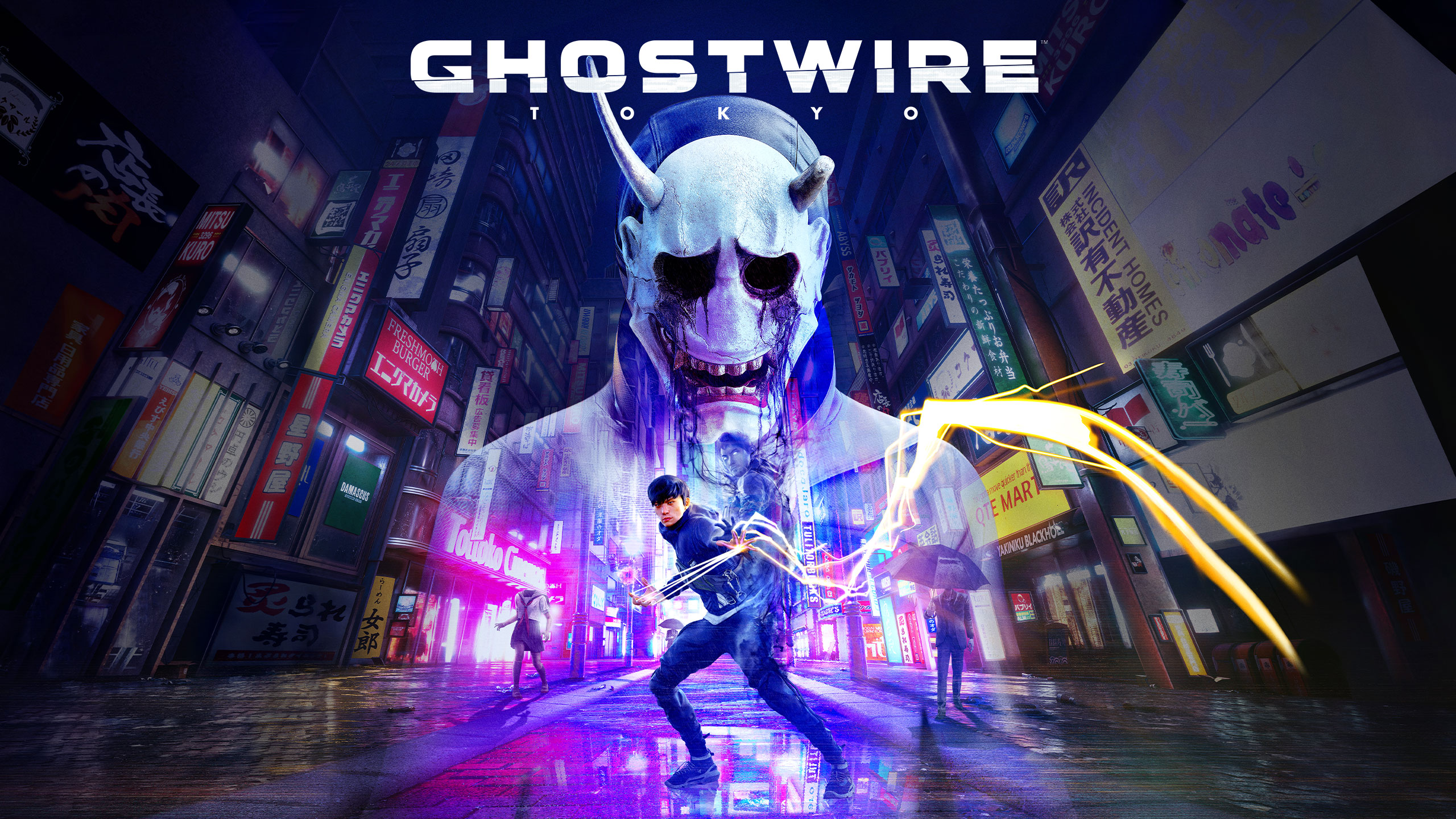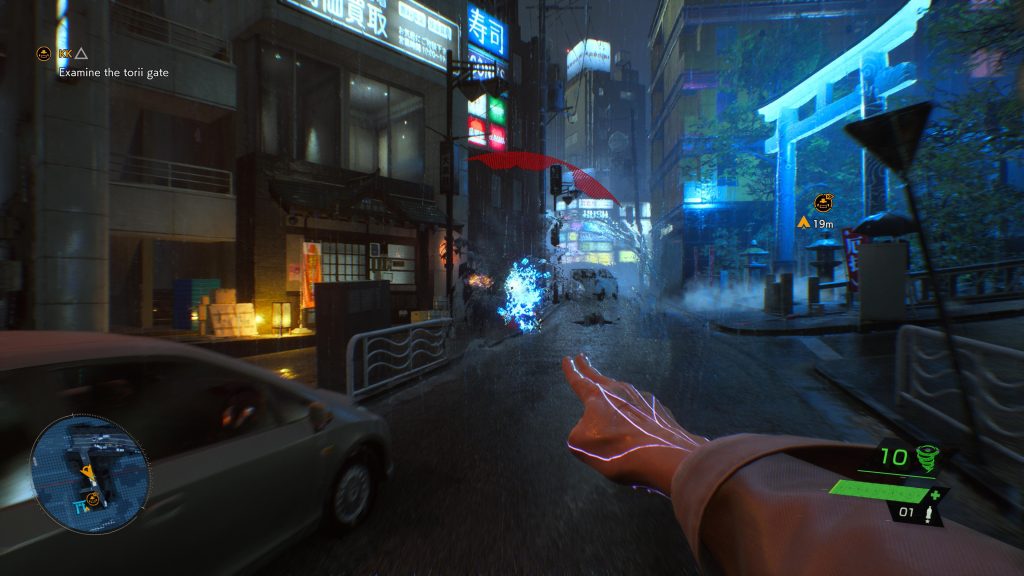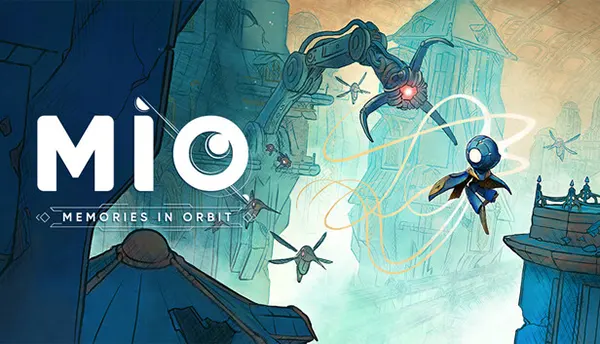Ghostwire: Tokyo – Unraveling the Mysteries of Tokyo’s Supernatural Realm

Ghostwire: Tokyo plunges players into an otherworldly version of Japan’s capital, where spirits roam freely, and an enigmatic force is responsible for the sudden disappearance of nearly all its inhabitants. Created by Tango Gameworks, this game blends supernatural elements with an open-world experience, promising an atmospheric journey through Tokyo’s eerie streets. In this article, we delve into the game’s narrative, mechanics, and unique cultural influences, offering insights for those drawn to the supernatural and urban legends.
Setting and Storyline of Ghostwire: Tokyo
In Ghostwire: Tokyo, players find themselves immersed in a Tokyo unlike any they’ve seen before. The city is shrouded in a dark mist that has rendered it uninhabited, save for a few sinister spirits and malevolent entities. A mysterious force has caused the sudden disappearance of nearly all human life, leaving players to unravel the enigma surrounding the city’s plight. This Tokyo is a shadowy reflection of reality, filled with familiar sights like Shibuya’s neon streets and sacred shrines, now abandoned and haunted.
Players take on the role of Akito, a young protagonist mysteriously imbued with supernatural powers. Accompanied by a spirit guide, they set out to uncover the secrets behind the city’s spectral invasion. The storyline explores themes of life, loss, and the boundary between the living and the dead. While it’s primarily an action-adventure game, Ghostwire: Tokyo also emphasizes suspense, mystery, and a respectful portrayal of Japanese folklore and urban legends, making it a rich narrative experience for players who enjoy delving into cultural mysteries.
Exploring Tokyo’s Haunted Landmarks
The game’s design invites players to explore iconic Tokyo locations, each rendered with attention to detail and atmosphere. From Shibuya’s bustling crosswalks, now eerily silent, to the shadowed backstreets filled with spirits, every part of the city has been transformed to reflect an unsettling ambiance. Players will encounter spirits and demons drawn from traditional Japanese folklore. These entities are not mere obstacles; they represent a deep connection to Tokyo’s past, mythological traditions, and its rich cultural landscape. By drawing inspiration from real locations and legends, the developers have created an environment that feels both familiar and foreign, luring players further into the mystery.
This authenticity, combined with supernatural elements, creates a compelling fusion of reality and fiction. Players are free to roam the city, solving side quests, uncovering hidden relics, and experiencing the sights of Tokyo through a supernatural lens. This approach invites players to see Tokyo not just as a modern metropolis but as a city with a layered and mystic past.
Game Mechanics and Combat System
One of the most distinctive features of Ghostwire: Tokyo is its combat system, known as “Ethereal Weaving.” This unique system allows players to harness and manipulate various elemental powers, including wind, fire, and water, as weapons against Tokyo’s spectral inhabitants. Unlike traditional weapons, these abilities come from the protagonist’s connection to the spirit world, making each encounter both a test of skill and a visual spectacle.
Each element offers different combat styles, such as quick, ranged attacks with wind or powerful area-of-effect damage with fire. These powers can be upgraded throughout the game, enabling players to unlock new abilities and improve their skills as they progress. The combat is designed to feel fluid and responsive, with visual effects that reflect the nature of each element. This innovative system brings a refreshing dynamic to the game, as players are constantly encouraged to think strategically about which powers to use against specific enemies.
Unleashing Supernatural Abilities
As players progress, they unlock a range of supernatural abilities to assist them on their journey. These include advanced Ethereal Weaving techniques, spirit-detecting abilities, and teleportation moves that aid in both combat and exploration. Each new power adds to the depth of gameplay, allowing players to engage with their surroundings in creative ways.
Moreover, players can upgrade their abilities by collecting resources and completing various quests. The game’s leveling system is well-integrated, as it encourages exploration and rewards players with enhanced skills that are crucial for taking on the increasingly formidable spirits they encounter. Mastery of these abilities provides a satisfying challenge and enhances the replayability of the game, as players seek to perfect their supernatural skills and uncover every hidden secret in Tokyo’s shadowed streets.

Unique Cultural Influences and Inspirations
Ghostwire: Tokyo stands out not only for its gameplay but also for its dedication to representing Japanese culture. The game draws heavily from Japanese folklore, particularly with its roster of spirits and the haunting ambiance of its urban setting. Japanese ghost stories, or kaidan, have a long tradition, filled with tales of yūrei (ghosts) and yokai (supernatural creatures), many of which make appearances in the game. These spirits range from sorrowful apparitions to malicious entities, each with their unique backstory and characteristics.
The developers at Tango Gameworks took great care to research and portray these elements accurately, ensuring that they add to the game’s depth and authenticity. Ghostwire: Tokyo allows players to experience Tokyo through the lens of cultural mythology, with the game’s art and narrative paying homage to the ghostly and supernatural themes deeply embedded in Japanese society. For players unfamiliar with this folklore, the game serves as an intriguing introduction to a world of spirits and legends that are a vital part of Japan’s cultural identity.
The Artistic Fusion of Reality and Folklore
Visually, Ghostwire: Tokyo uses Tokyo’s iconic neon lights and modern architecture to juxtapose with its traditional spiritual elements, creating an eerie yet captivating atmosphere. The bright lights of Shibuya are subdued by a haunting mist, while traditional shrines provide places of refuge amidst the chaos. This contrast reflects the duality of Tokyo itself—a city where ancient traditions coexist with cutting-edge modernity.
Furthermore, the game’s art style incorporates traditional Japanese aesthetics with a modern twist, bridging past and present in a way that feels both familiar and fantastical. By seamlessly blending these elements, Ghostwire: Tokyo succeeds in offering an experience that feels authentic yet otherworldly, creating an immersive journey that captures the spirit of Tokyo’s rich history and its supernatural allure.





